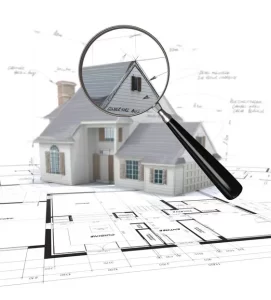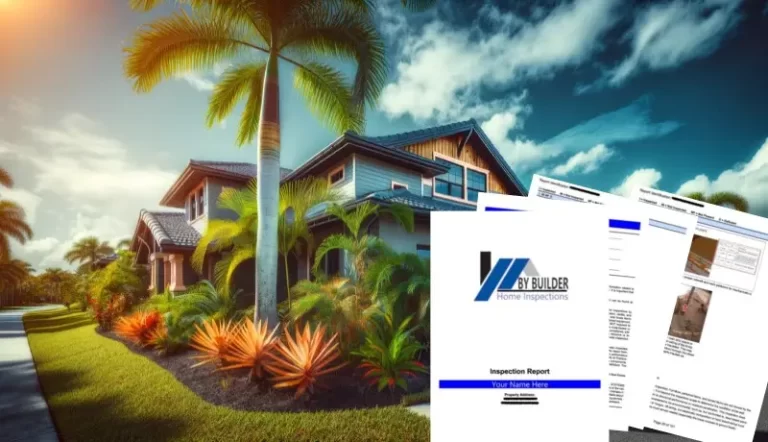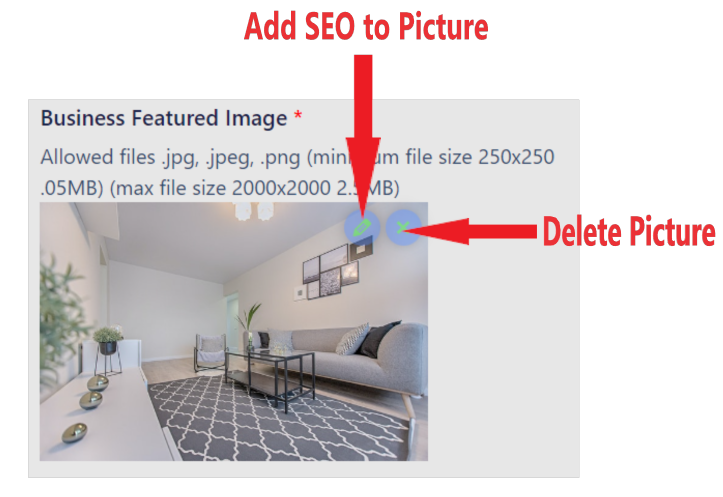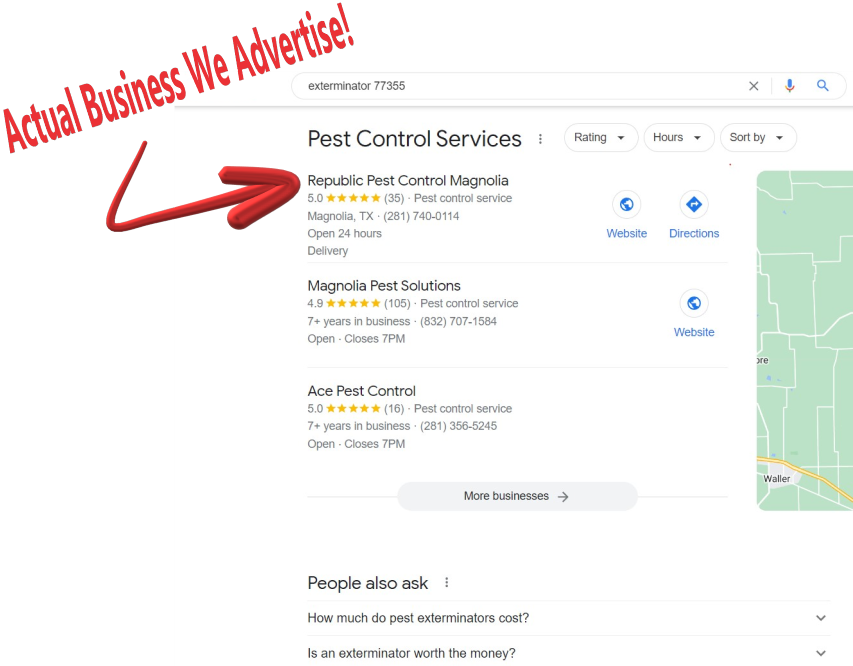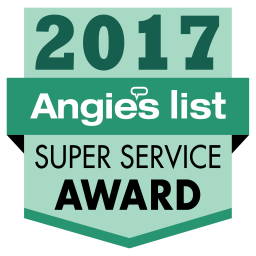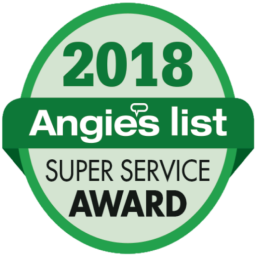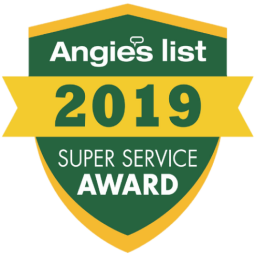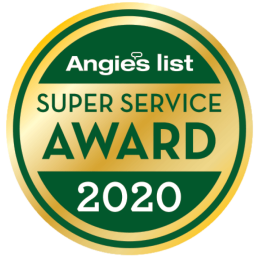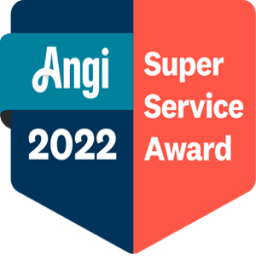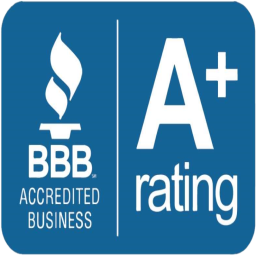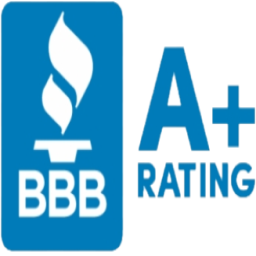In regions prone to strong winds, like Florida, the role of a wind inspector is critical for homeowners and businesses alike. Wind inspectors provide essential assessments that help properties withstand severe weather conditions, ensuring that structures meet safety standards and reduce risk. This article explores the responsibilities, importance, and process of wind inspections while highlighting services available across Florida’s key areas.
Understanding the Role of a Wind Inspector
A wind inspector specializes in assessing the resilience of a property to high winds, storms, and hurricanes. These professionals evaluate structural features, including roof integrity, window reinforcement, doors, and overall building design. Their assessments are vital for ensuring a home complies with local building codes and insurance requirements.
Wind inspections often focus on:
- Roof stability and attachment: Inspectors check for proper roofing materials and fastening methods to ensure they meet wind-resistant standards.
- Window and door reinforcement: Evaluations include inspecting impact-resistant glass and proper sealing to minimize wind entry.
- Structural connections: Verifying that key structural elements are anchored securely to resist uplifting forces.
Why Wind Inspections Are Crucial in Florida
Florida’s unique geography and climate make it highly susceptible to hurricanes and strong winds. The state has stringent building codes designed to mitigate damage and protect residents. A comprehensive wind inspection can help property owners understand vulnerabilities and undertake necessary improvements. This service is particularly valuable in areas such as Tampa, FL, Apollo Beach, FL, and Clearwater, FL, where the risk of hurricane impact is notable.
Benefits of a Wind Inspection
- Insurance Discounts: Many insurance companies provide policy discounts for homes with documented wind-resistant features. A certified wind inspection report can demonstrate compliance and qualify homeowners for savings.
- Enhanced Safety: Identifying and addressing weak points in a structure can significantly reduce the risk of damage and injury during a storm.
- Regulatory Compliance: Local ordinances often require specific wind-mitigation features for both new and existing buildings.
The Process of a Wind Inspection
Wind inspections are methodical evaluations that follow a set procedure to ensure all critical areas are reviewed. Here’s what property owners can expect:
1. Initial Assessment
The wind inspector will conduct an initial walk-through, noting visible aspects of the property’s design and condition. Key focus points include roof coverings, nail spacing, and attachment types.
2. In-Depth Analysis
Advanced tools may be used to assess structural components that aren’t visible, such as truss connections and wall reinforcement. Inspectors in areas like St. Petersburg, FL and New Port Richey, FL may employ specialized equipment due to the high wind zone classification.
3. Documentation and Reporting
After completing the inspection, a detailed report is generated, outlining findings and recommended improvements. This documentation is essential for homeowners looking to make informed decisions about property upgrades or for presenting to insurance providers.
Essential Qualities of a Skilled Wind Inspector
To ensure the best results, homeowners should seek out wind inspectors with specific qualifications:
- Certification: Certified inspectors meet the standards set by professional boards and organizations, ensuring that their assessments are thorough and compliant with state regulations.
- Experience in High-Wind Areas: Inspectors familiar with local conditions, like those serving Brooksville, FL or Trinity, FL, bring added insight into regional challenges.
- Attention to Detail: Comprehensive inspections require an inspector who can identify even the smallest vulnerabilities that might compromise structural integrity.
Key Services Offered in Florida
Tampa and Apollo Beach
Properties in Tampa, FL and Apollo Beach, FL benefit from a range of inspection services tailored to coastal conditions. Inspectors often focus on hurricane tie-downs, roof decks, and water barrier integrity.
St. Petersburg and Clearwater
In St. Petersburg, FL and Clearwater, FL, the proximity to the Gulf of Mexico means homes face intense storms regularly. Wind inspections in these areas ensure that structures meet the latest wind-resistance standards.
New Port Richey and Trinity
Residents of New Port Richey, FL and Trinity, FL often require inspections that cover not only roofs and exteriors but also tie-ins between roofing and walls.
Brooksville and Wesley Chapel
Inland areas such as Brooksville, FL and Wesley Chapel, FL might not experience the direct hit of coastal winds as frequently but still face strong gusts. Inspections here ensure that homes are prepared for the unexpected.
Choosing the Right Wind Inspector
When selecting a wind inspector, consider these factors:
- Reputation: Positive reviews and client testimonials are a good indicator of an inspector’s reliability.
- Comprehensive Service Offering: Inspectors who can also perform general home inspections provide added value by identifying potential non-wind-related issues.
Conclusion
Wind inspections are an essential part of property ownership in Florida, helping to safeguard homes against the relentless forces of nature. Whether you live in Tampa, Wesley Chapel, or anywhere in between, investing in a professional wind inspection can provide peace of mind, reduce insurance costs, and ensure your home is up to code.
By choosing qualified wind inspectors, Florida homeowners can strengthen their properties against high winds and contribute to a safer community overall.


